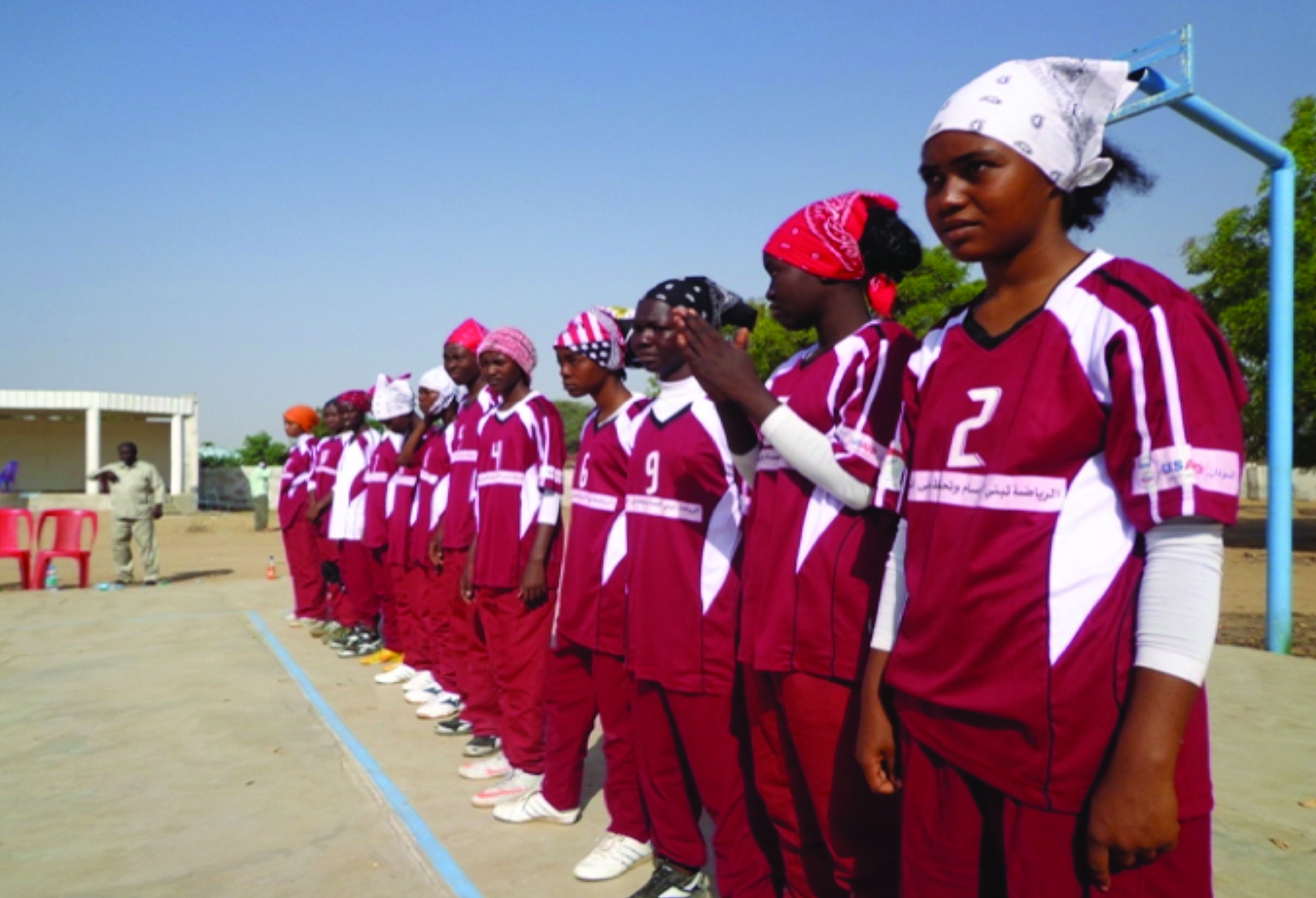Girls and women as peacemakers in Sudan
A new conflict-mitigation program centered on girls and sport is underway in Blue Nile State, Sudan, eastern Africa.
The work is delivering fresh perspectives; seeing girls and young women not as victims of violence, but as leaders in peace building.
Using school athletics to bring together girls from divided communities, the program is enhancing local relations and promoting peaceful coexistence between communities previously at war over ethnic differences and competition for resources. Together with learning sports in their own schools, the girls are also taking part in tournaments with other schools. One of the program’s earliest successes was a competition involving 13 girls’ schools from the communities of El Rosaries and Tadamon, along with the state capital Damazin. According to 16-year-old pupil Saffa Hassan, one of the athletes, “the relationship between peace and sport is that it allows people to get to know each other.”

Blue Nile State has a history of relatively peaceful coexistence between more than 25 indigenous ethnic groups and tribes. Renewed conflict in September 2011, which displaced an estimated 250,000 people, made the state volatile and increasingly vulnerable to wider violence. Many groups managed peaceful coexistence prior to Sudan’s decades-long civil war which ended with South Sudan’s independence. However, some of today’s main drivers of conflict include a lack of tolerance and understanding of some groups, and the exclusion of others.
As part of this program, local women are also being trained as community leaders in conflict mitigation, peaceful coexistence and the importance of their role in peace building. These leaders have facilitated a number of inter-community dialogues in the state.
The program is funded by USAID and implemented by AECOM in partnership with the Blue Nile State Ministry of Education, and in collaboration with the Ministry of Information, Culture, Youth and Sports.
Local women are being trained as community leaders in conflict mitigation, peaceful coexistence and the importance of their role in peace building.







